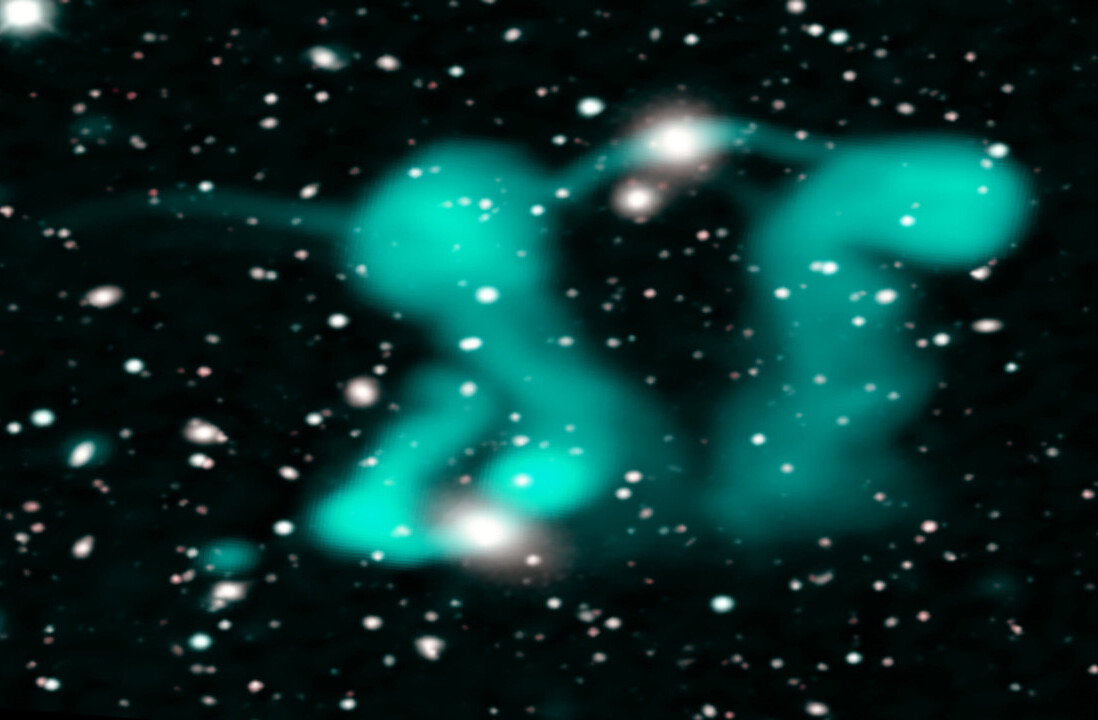
Not far from the center of the Milky Way galaxy, astronomers have recently witnessed a mysterious flashing of radio waves. Many (in fact, most) objects give off radio waves — this is not unusual. What caught the eyes of astronomers is that this target does not seem to fit any category of known radio sources.
The source of this signal, ASKAP J173608.2-’321635, does not seem to behave like an other known body which produces such radiation. It also cannot be seen in visible, infrared, or X-ray wavelengths — only in radio waves.
“We have presented the discovery and characterization of ASKAP J173608.2-321635: a highly-polarized, variable radio source located near the Galactic Center and with no clear multi-wavelength counterpart. ASKAP J173608.2-321635 may represent part of a new class of objects being discovered through radio imaging surveys,” explain a team of researchers in The Astrophysical Journal.
Now you see it, now you don’t
Astronomers found the radio signal using the Australian Square Kilometre Array Pathfinder (ASKAP). This instrument is one of the most-sensitive radio telescopes in the world.
In the first deep search of the sky using ASKAP, astronomers found another unusual type of body never before seen.
“The first big surprise from the EMU Pilot Survey was the discovery of mysterious Odd Radio Circles (ORCs), which seem to be giant rings of radio emission, nearly a million light years across, surrounding distant galaxies.
These had never been seen before, because they are so rare and faint. We still don’t know what they are, but we are working furiously to find out,” the CSIRO team reports.
Between April 2019 and August 2020, this odd new signal from the center of the galaxy was recorded 13 times. Follow-up observations at the MeerKAT radio telescope recorded a signal in February 2021. This weird flash from the center of the galaxy was also seen by astronomers in April 2021 using the Australia Telescope Compact Array (ATCA). However, no such signal was seen when examining the region using the Murriyang radio telescope in Australia.
A polarizing subject

Typically, when looking at a flashing objects, astronomers might think the target is a neutron star. These ultra-dense stellar corpses rotate quickly, pushing beams of energy outward, which can look like flashes to astronomers on Earth.
This odd flash from the center of the galaxy continued for weeks on end before suddenly ceasing “ the target went three months without an outburst before resuming. The signal is also fading over time. This intermittent behavior is unlike anything seen from a pulsar.
Flaring stars are typically associated with near-infrared and X-ray emissions accompanying their radio outbursts. No such additional wavelengths have yet been recorded from this bizarre flash from the center of the galaxy.
Supernovae, gamma-ray bursts (GRBs) and X-ray binary star systems have all been eliminated as possible sources for this intriguing signal.
Radio waves from ASKAP J173608.2’32163 are also highly-polarized, suggesting a powerful magnetic field, either at the source of in the space between the target and our home world.
As new next-generation instruments come online in the coming years and decades, astronomers will almost certainly continue to find new mysteries like this odd signal near the core of the Milky WayGalaxy.
This article was originally published on The Cosmic Companion by James Maynard, the founder and publisher of The Cosmic Companion. He is a New England native turned desert rat in Tucson, where he lives with his lovely wife, Nicole, and Max the Cat. You can read the original article here.
Get the TNW newsletter
Get the most important tech news in your inbox each week.




